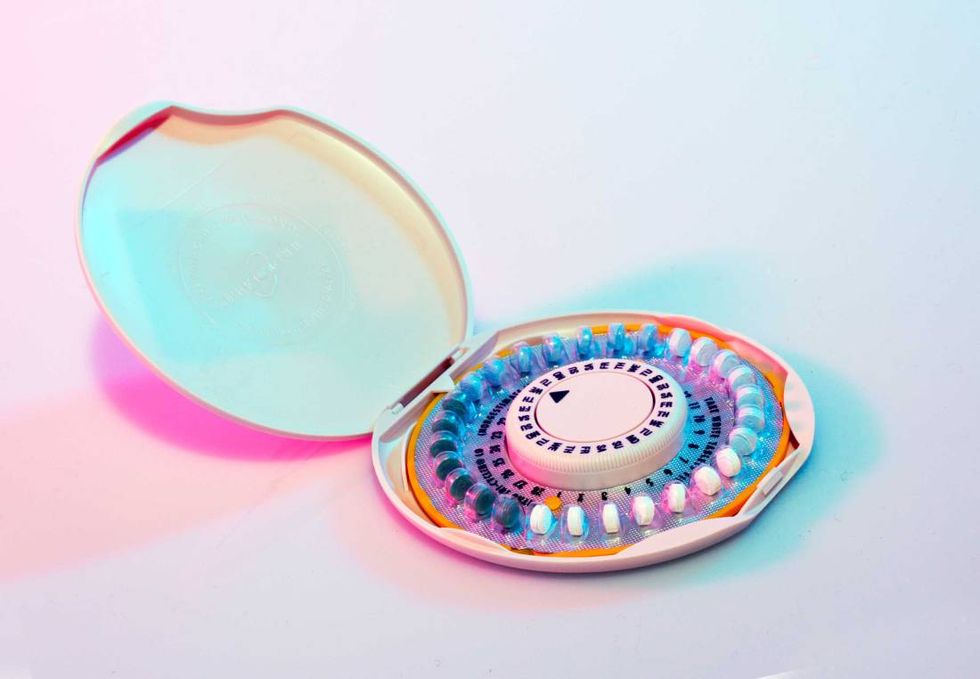I recently visited Planned Parenthood for a standard women’s health check-up. I just graduated from college and am no longer able to use my university’s women’s health facilities as an alumna, and I was long overdue for my check-up. I needed an affordable solution that didn’t come with a months-long waiting list, and Planned Parenthood was there to save the day.
So when I tell you that I went to Planned Parenthood, your first thought shouldn’t be that I went to receive emergency contraception or help for an unwanted pregnancy. Your first thought shouldn’t be “abortion.” In the 2014-2015 Annual Report by Planned Parenthood, only 3% of their services involved providing abortions. The majority of services that Planned Parenthood provided that year involved STD/STI treatment and prevention and contraception, same as the 2013-2014 Annual Report.
At no point during my visit to Planned Parenthood did I hear the word “abortion” from any of the nurses. I was not met with any wild assumptions about the reason for my visit. The other patients in the waiting room looked perfectly comfortable to be there. There were no baby-stealing demons present, as some radicals might have you believe.
So, what did happen during my visit?
I walked into the bright, inviting facility and was immediately met by a table of pamphlets, offering advice and resources for everything from men’s health to breast health to a guide for parents on how to talk to their children about sexuality (again, Planned Parenthood doesn’t just do abortions). The waiting room was painted soft yellow and baby blue. There were many posters with testimonials from Planned Parenthood patients on the walls, with phrases such as “I trust Planned Parenthood”; “Planned Parenthood helped me have a healthy, happy baby when I couldn’t afford prenatal care elsewhere”; “I remember a time when there weren’t quality resources for women and I never want to go back there.” I feel that, girl. There was also a poster advertising that patients could request accompaniment by an interpreter free of charge. A variety of languages could be accommodated, from Spanish to Arabic to Farsi to sign language. I really appreciated this prioritization of accessibility.
There was large, glass privacy wall between the check-in counter and the waiting area so that patients checking in for their appointments could only be heard by the nurses. When I went to check-in, the nurse was incredibly kind, asking me if I had any concerns about my health. I felt, in a very real way, protected. I noticed right away that she was wearing a tiny pink button on her name tag that said “she/her,” indicating the pronouns she would prefer others use in reference to her. I thought that was really unique.
I was asked to fill out a new patient form. It was pretty standard--address, date of birth, all that jazz. There was a section for how I identified my gender, my sexuality, and what pronouns with which I would like to be referred. Like the nurse’s button, I appreciated how Planned Parenthood took these extra steps to not only provide the best care for their patients but to treat them with the respect that they deserve.
When I was called back to visit with a nurse before my check-up, she gave me very detailed information about my options for my visit. My previous visits at my former women’s health facility followed the procedure of: breast exam, then pelvic exam, then pap smear and STD/STI testing. The nurse informed me that I could choose to request these exams if I had a health concern, and that the current standard was that healthy patients receive these exams every three years. I was like, dope! I don’t want to be poked and probed if I don’t have to be. Given my history with intimate partners, my results from my last standard pap smear and STD/STI testing were still up-to-date. My only concern was that she asked a few too many questions about my sexual history. I know that this was because they wanted to provide me with optimal care, but I couldn’t see the relevancy of questions such as, “At what age did you become sexually active?” or “How long have you been with your boyfriend?” It was the only moment during my visit that I felt a little uncomfortable.
I was ushered over to the exam room where I met the next nurse who would have conducted my exam had I asked her to. She was incredibly nice and easy to talk to, and she and I talked openly and comfortably about my birth control. She had the information that I needed delivered to my pharmacy sent on its way, and just like that I was free to go and continue the rest of my day. I am fortunate to have health insurance and to be able to provide my co-pay, which came with a dollar amount standard of any of my visits to health care providers, including my regular physician.
Nothing about my visit was outrageous. No demons, nobody trying to steal fetal tissues, no dark clouds or ominous music or sharp objects. The nurses at Planned Parenthood were warm, welcoming, and made me feel completely comfortable talking about things that can sometimes feel awkward and embarrassing. They were professional, educated nurses. They were nice. They were human. I was just a young woman needing to renew her birth control, and they treated me with the kind of respect and kindness that all people, everywhere should be treated with. I am fortunate to have health insurance and to be able to provide my co-pay, which came with a dollar amount standard of any of my visits to health care providers, including my regular physician. Nothing about my visit was outrageous.
I know me writing about my positive experience at Planned Parenthood isn’t going to persuade everyone actively campaigning against the organization to change their mind. What motivated me to write about my visit is the hope that, by some domino effect of circumstances, somebody who is unsure about Planned Parenthood comes across this article and stops to really consider what actually goes down at Planned Parenthood.




















